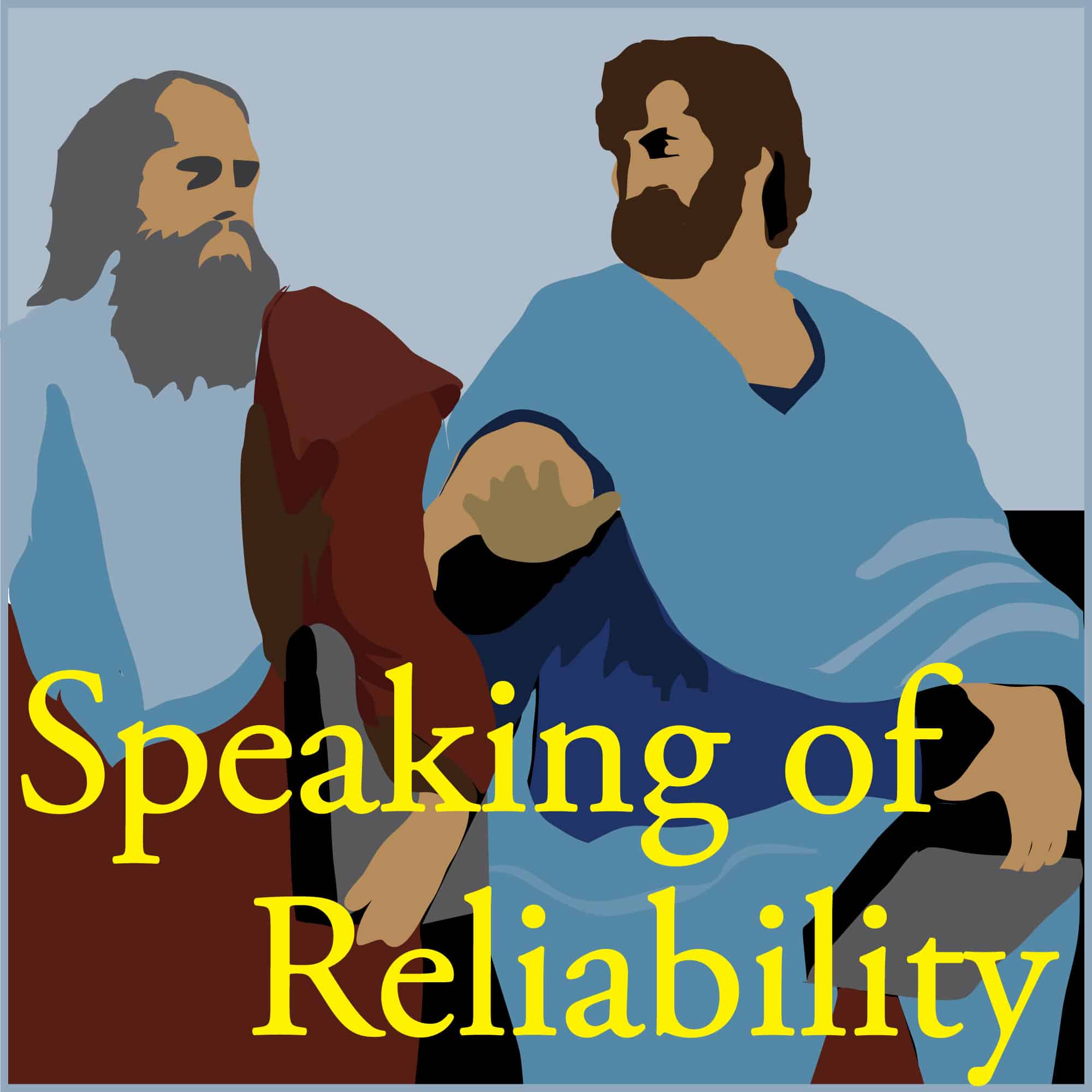
How HA and FMEA Relate
Abstract
Dianna and Carl discuss the relationship between Hazard Analysis (HA) and Failure Mode and Effects Analysis (FMEA).
Key Points
Join Dianna and Carl as they discuss the how HA and FMEA relate and how they can work in synergy to create safer products.
Topics include:
- Fundamental differences and similarities
- How HA can effectively quantify risk by calculating the probability of harm, a dimension often missing from FMEA
- Practical techniques for identification and collective ownership of ideas
- Early HA and FMEA in a project can drive design decisions, prioritize testing, and improve overall risk management
Enjoy an episode of Speaking of Reliability. Where you can join friends as they discuss reliability topics. Join us as we discuss topics ranging from design for reliability techniques to field data analysis approaches.

One of the misunderstandings is that people do not treat the functions and hazards as antonyms. To be more precise, the hazards are anti-functions, (i.e. hazards occur when a function necessary to achieve intended use is not delivered). In the example from the podcast, bike braking, being able to slow down, is a safety function of the bike. The hazard is not being able to break sufficiently. The definition of sufficiently will vary based on intended use (racing bike vs. a consumer bike for children).
Classifying requirements as safety functions (need to achieve this to prevent harm – breaking), essential functions (need to achieve this to deliver intended utility – must convey forward when pedaled), and non-essential functions (paint must be durable for 5 years) provides some clues as to the criticality of the function for prioritization (like in a FMEA). Working it in this way makes generating the initial HA quite straight forward. If you conceive of a new hazard, it means you’ve uncovered an additional function.
Thinking of it in this way has come from experience with the ‘sticky note’ thought process. Why did those engineers have those thoughts, because they are already conducting risk management in their minds. Why else is one putting some draft dimensions or characteristics on those early napkins? Because they are trying to ensure something good happens (delivering a function which ensures intended utility or prevention of harm or prevention of customer dissatisfaction).
Hi Mitch,
Thanks for your message! Functions/anti-functions are a great way to help us ID failures and to prioritize them against other items in our risk analysis. And your practice of classifying would help with the effect/severity. Do you use that to help the Quality people know what’s an important characteristic to monitor?
Hazards can also be outside the function of the product itself. They can be part of the environment that affects the product. We can perform hazard analysis before we know the function, to help us define the functional requirements.
For example, think of a medical device used in a surgical suite. We learn the suite has other equipment that will be operational during the procedure with our product. What potential hazards are lurking in this environment? Are EM fields a concern with our product? We would want to explore the potential scenario (effect and the causes), it’s severity to the patient and success to the surgical procedure, and how likely it is. It’s at hazard analysis where we usually take a closer look at conditional probabilities: what is the likelihood of the hazard, and what is the likelihood of the harm given that the hazard has occurred?
This is where our cross-functional team can provide a wealth of information about the user and use environment, which is why they can be integral in doing hazard analysis. It may be that we don’t need to identify EM shielding as a function/requirement of the design; the hazard analysis would help us decide.
You’re right that sometimes we’re in FMEA and we identify things that we may have missed in the hazard analysis. Like in my example, perhaps the EE was already thinking about EM shielding, and it gets pushed up into the HA for assessment. Sometimes we ID hazards about the use and its environment that would drive the design. Like the EE didn’t know about all the other equipment being used during the procedure and his original assumption about EM shielding was wrong. These are some reasons why HA and FMEA are good to use together throughout the project.